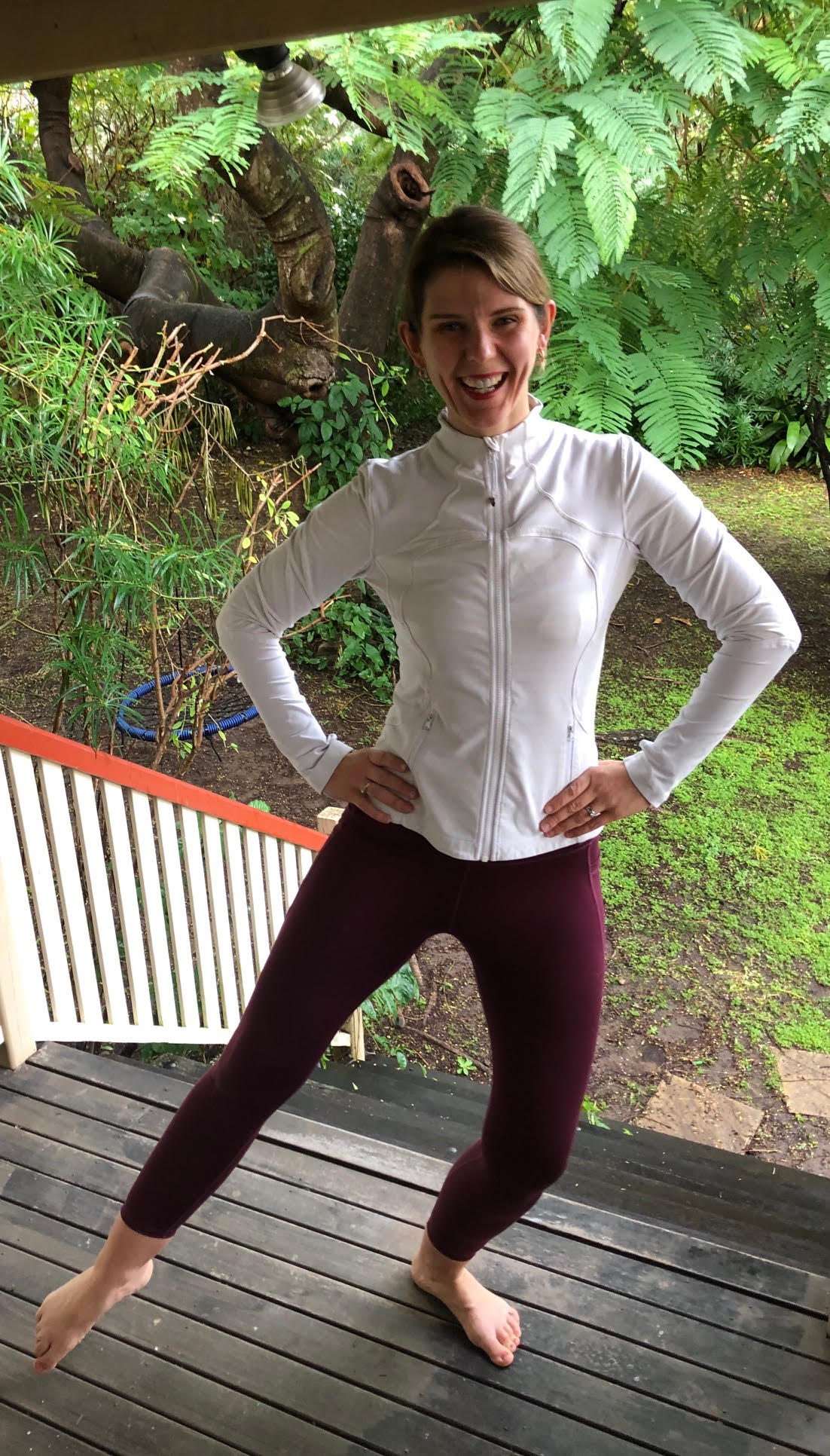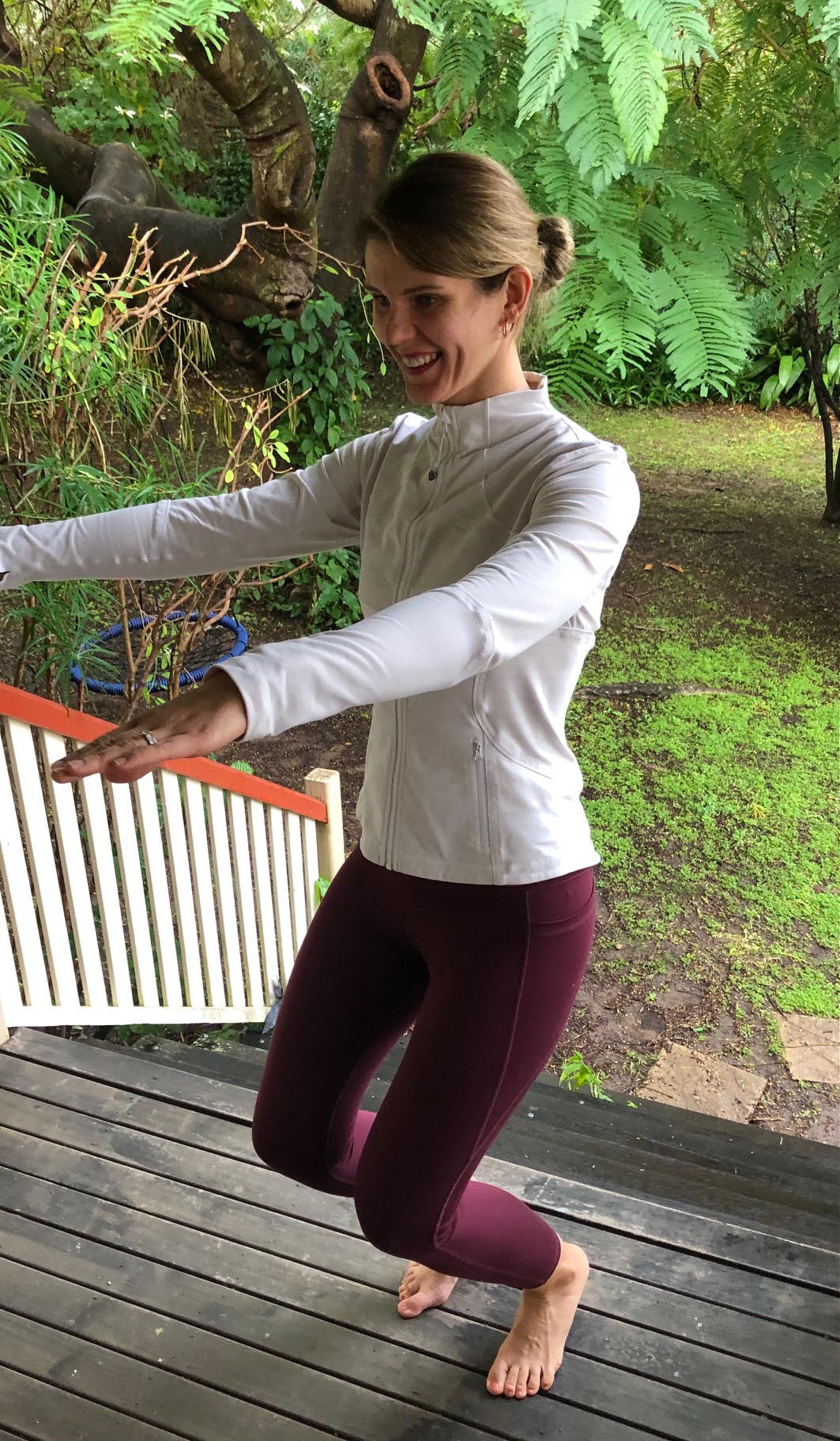Pilates Across the Lifespan
Movement is for everyone, and Australian guidelines recommend that all people exercise regularly. From children to the elderly, physical activity is imperative to maintaining health and wellbeing.

For littlies, it’s easy. Throw them on a bike, take them to a playground or give them a ball. Simple.
As we move into the teen years however, many of us begin to look at exercise as a chore. Skip forwards another few decades and a good portion of people have just given exercise the flick entirely.
Tailoring your Pilates class to suit the needs of your clients and using age as a guide can help you hit the Pilates class sweet spot. The APPI’s accredited Pilates courses are a great way to move beyond the basics and give you the confidence to design a class for any age group.
Here are our top tips:
Teens and young adults
Building a positive attitude towards Pilates and exercise is a huge, and often underestimated, factor for this age group. Setting people up for a lifetime of exercise is important and can be achieved with the right guidance. Consider your music choice, class tempo and your teaching style for this group. Aim to make it fun!
30s
This is the age that many people start their families. For women this means pregnancy, birth, and post-natal recovery. Choosing Pilates movements suited to this will help them transition through this exciting and challenging time of life. For new parents (dads included), a sense of self and ‘me time’ and extremely important. Pilates can offer a chance to ‘switch off’ from the chaos of family life and have a much-needed break (despite the elevated heart rate and muscle burn).
40s-50s
A lot of hormonal changes happen, especially for women, around this stage of life. Reduced strength and an increased risk of injury are very common. Ensure that your clients perform exercises with good technique and vary the muscle groups and areas of the body being worked as to avoid any overuse injuries.
60s-70s
A global loss of strength and endurance occurs as we age. Our cardiovascular capacity gradually reduces, and musculoskeletal degenerative issues can set. There is a major drop in bone density for women as they move beyond menopause, and so keeping up weight bearing exercises in your Pilates class is an integral way to reduce their risk of osteoporosis.
Older adults
As people move more into the later stages of life, the focus of exercise should be around functionality. Think globally and target all areas of the body. Try some sit-to-stands off the reformer or consider some mat-based exercises so that clients can practice getting up and down off the floor. Balance exercises are always an important addition to any class with older adults as the risk of falls increases. Think about some of the APPI matwork repertoire in standing (like foot series or side leg lift), and tack onto the warm-up or cool down of your next reformer class.

Happy teaching!